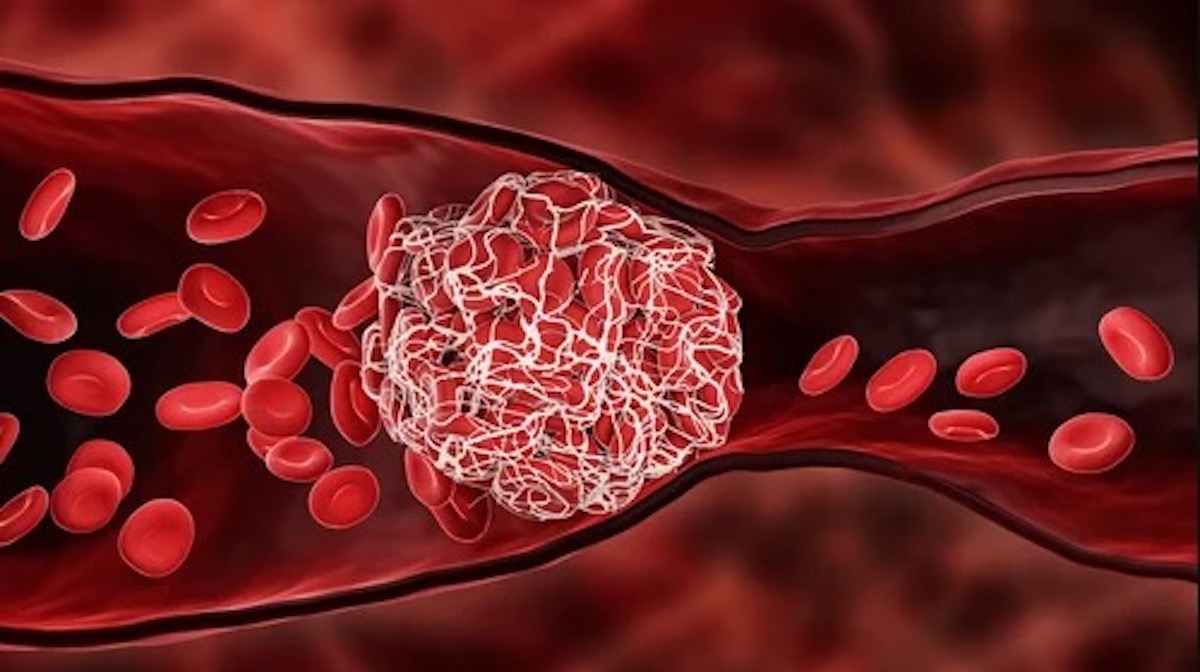Hemophilia B, also known as Christmas disease, is a rare genetic disorder. It affects how blood clots in the body. In the US, it is less common than Hemophilia A, affecting about 1 in 25,000 male births, or roughly 4,000 Americans. Though rare, understanding Hemophilia B is vital. Knowledge of this condition can greatly enhance the quality of life for those affected. Awareness and education ensure early diagnosis and support, creating a community that is informed and caring about the challenges faced by those with this disorder.

What Is Hemophilia B?
Hemophilia B is a genetic disorder that affects a person’s ability to form blood clots properly. Normally, when someone gets a cut or a bruise, their body forms a clot to stop the bleeding. However, in people with Hemophilia B, the clotting process doesn’t work as it should, which can lead to excessive bleeding even from minor injuries.
When Are You At Risk?
Someone is at risk of getting Hemophilia B if it runs in their family. Since the condition is inherited, it’s typically passed from parent to child through genes. This means that if a family member, especially a male, has Hemophilia B, there is a possibility that other relatives might also inherit the condition.
What Causes Hemophilia B?
Hemophilia B is caused by a genetic mutation in the gene that is responsible for producing a protein essential for blood clotting, known as Factor IX. This gene is located on the X chromosome, one of the sex chromosomes. Since males have only one X chromosome, a single faulty gene on their X chromosome will cause the disorder. Females, who have two X chromosomes, are typically carriers of the mutation. This means they usually do not show symptoms themselves but can pass the mutated gene to their children. If a mother is a carrier, there is a 50% chance that her son will have Hemophilia B and a 50% chance that her daughter will be a carrier.
Continue reading on the next page and discover, among others, how you can recognize this blood disorder.

